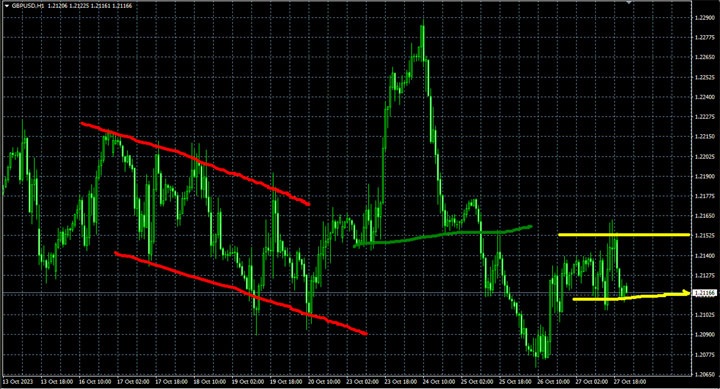In the realm of financial markets, Contracts for Difference (CFDs) have emerged as a popular trading instrument, offering traders the opportunity to speculate on the price movements of various assets without owning the underlying assets themselves. While CFDs can be a powerful tool for traders, they are also complex financial instruments that require a thorough understanding. In this comprehensive guide, we will demystify cfd how it works, providing a detailed exploration of how they work in the financial markets.
What are CFDs?
Before delving into the mechanics of CFD trading, let’s first define what a CFD is. A Contract for Difference (CFD) is a derivative product that allows traders to speculate on the price movements of underlying assets, such as stocks, indices, commodities, currencies, and cryptocurrencies, without owning the assets themselves. Instead, traders enter into a contract with a broker to exchange the difference in the price of the underlying asset from the time the contract is opened to when it is closed.
How Do CFDs Work?
The mechanics of CFD trading can be understood through a few key concepts:
Buying and Selling: When trading CFDs, traders have the option to either buy (go long) or sell (go short) the underlying asset. If a trader believes that the price of an asset will rise, they can buy the CFD, aiming to profit from the price appreciation. Conversely, if a trader anticipates that the price of an asset will fall, they can sell the CFD, aiming to profit from the price decline.
Leverage: One of the defining features of CFD trading is leverage, which allows traders to control a larger position with a smaller amount of capital. Leverage magnifies both profits and losses, amplifying the potential returns but also increasing the risk exposure. It’s important for traders to use leverage judiciously and implement proper risk management strategies.
Margin Trading: CFD trading involves trading on margin, which means that traders are only required to deposit a fraction of the total value of the trade as collateral. This allows traders to access greater market exposure with a smaller upfront investment. However, trading on margin also increases the potential for losses, as traders can lose more than their initial deposit if the market moves against them.
Contract Specifications: Each CFD contract has specific terms and conditions, including the underlying asset, contract size, leverage ratio, margin requirements, and expiry date (if applicable). Traders should familiarize themselves with the contract specifications of each CFD they trade to understand their rights and obligations.
Benefits of CFD Trading
CFD trading offers several advantages for traders:
Diverse Asset Classes: CFDs cover a wide range of asset classes, including stocks, indices, commodities, currencies, and cryptocurrencies, providing traders with ample opportunities to diversify their portfolios and capitalize on various market trends.
Leverage: CFDs allow traders to control larger positions with a relatively small amount of capital, amplifying potential profits (and losses). This can provide traders with increased trading flexibility and the ability to capitalize on market opportunities.
Ability to Go Long or Short: CFDs enable traders to profit from both rising and falling markets. This versatility allows traders to capitalize on market trends regardless of whether prices are moving up or down.
Liquidity: CFDs are traded on margin and are highly liquid, with tight spreads and ample trading volume. This provides traders with efficient price discovery and the ability to enter and exit trades quickly and easily.
Risks of CFD Trading
While CFD trading offers numerous benefits, it also comes with inherent risks:
Leverage Risk: Trading on margin magnifies both profits and losses, increasing the risk of significant losses if the market moves against the trader. It’s essential for traders to use leverage judiciously and implement proper risk management strategies.
Market Risk: CFD prices are influenced by market factors such as supply and demand, economic indicators, geopolitical events, and investor sentiment. Market volatility can lead to rapid price fluctuations, potentially resulting in losses for traders.
Counterparty Risk: CFD trading involves entering into contracts with a broker, exposing traders to counterparty risk. It’s crucial to choose a reputable and regulated broker to mitigate the risk of broker default.
Overnight Financing Costs: Holding CFD positions overnight may incur financing costs, including interest charges or overnight fees. Traders should be aware of these costs and factor them into their trading decisions.
Conclusion
CFDs offer traders a flexible and versatile trading instrument for speculating on the price movements of various assets. By understanding the mechanics of CFD trading, including buying and selling, leverage, margin trading, and contract specifications, traders can navigate the markets with confidence and make informed trading decisions. While CFD trading presents opportunities for profit, it’s essential to be aware of the risks involved and implement proper risk management strategies to protect capital. With the right knowledge and approach, CFD trading can be a valuable addition to a trader’s toolkit for navigating the dynamic world of financial markets.










